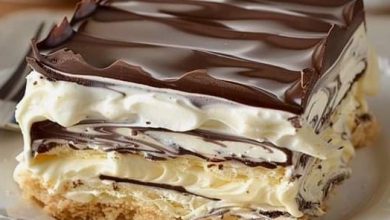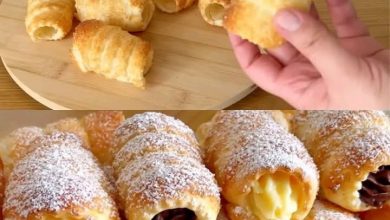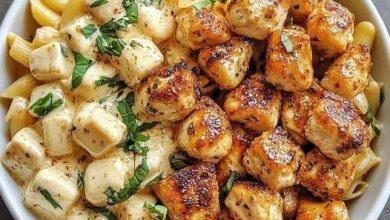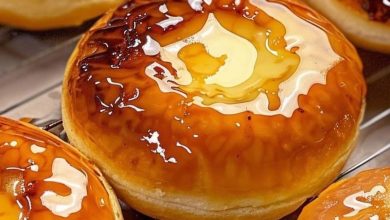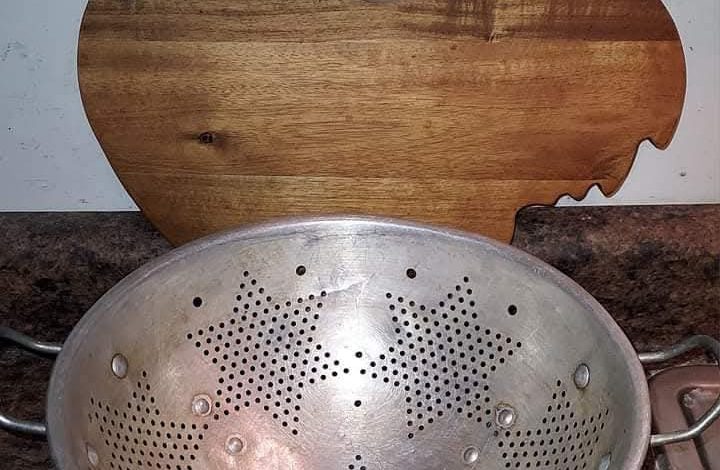
ADVERTISEMENT
Unique Features of the Vintage Colander: A Timeless Kitchen Essential
The vintage colander is not only a functional kitchen tool but also a piece of design history. Often crafted from materials like aluminum or steel, these colanders have a distinct look and feel that sets them apart from modern alternatives. With their perforated surfaces and elegant construction, vintage colanders are a reminder of the enduring qualities of classic kitchenware.
Design and Construction
- Material:
- Vintage colanders were commonly made from durable metals like aluminum, stainless steel, or even tin. These materials offered strength, longevity, and resistance to rust, making them perfect for daily use in the kitchen. Aluminum colanders, in particular, were prized for being lightweight, while steel versions were often heavier and more robust.
- Perforated Surface:
- The defining feature of any colander is its perforated design. Vintage colanders often featured evenly spaced, round holes that allowed for quick and efficient draining of water from pasta, vegetables, and fruits. These holes were sometimes larger than those seen in modern versions, contributing to a unique, vintage aesthetic.
- Handle and Foot Design:
- Many vintage colanders had sturdy handles and feet for stability and ease of use. The handles, sometimes riveted or welded to the body, ensured a firm grip, while the feet, often short and wide, raised the colander off the countertop or sink for efficient drainage. The addition of a base allowed it to stand upright when not in use.
- Size and Shape:
- Vintage colanders came in various sizes, typically deeper and with a more flared shape than modern versions. These proportions made them ideal for large batches of food and helped in draining liquids quickly. Some colanders featured a rounded, bowl-like shape, while others were more shallow and wide.
- Aesthetic and Style:
- Many vintage colanders had a charming, utilitarian aesthetic. The metal construction often aged beautifully, developing a patina over time, adding character. Some designs even included decorative elements, such as embossed patterns or rivets, contributing to their visual appeal and making them a striking addition to any kitchen.
Practical Use and Versatility
- Efficient Draining:
- Vintage colanders were designed to be highly effective at draining liquids from a variety of foods, including pasta, vegetables, and fruits. Their large, evenly spaced holes allowed for quick drainage while preventing food from slipping through.
- Multi-Functional Tool:
- In addition to draining, vintage colanders were often used for other kitchen tasks, such as washing vegetables, straining liquids, or even serving fruits and salads. Some colanders were deep enough to be used as mixing bowls, while others had wide rims that made them perfect for rinsing multiple items at once.
- Durability:
- Built to last for generations, vintage colanders were made with high-quality materials and excellent craftsmanship. Their resilience means they are often passed down through families, becoming treasured kitchen heirlooms.
Cultural and Historical Significance
Vintage colanders not only serve as functional items but also reflect the values of craftsmanship and practicality in mid-20th-century design. During an era when many kitchen tools were designed to last and be multi-purpose, these colanders stood out as symbols of efficiency and reliability. They also represent the growing interest in home cooking and food preparation that became popular in the post-World War II era.
Modern Appeal and Collectibility
Today, vintage colanders have become highly sought after by collectors and cooking enthusiasts alike. Their nostalgic appeal and unique design make them prized possessions in kitchens, especially when combined with contemporary cooking tools or displayed as part of vintage kitchen decor. They also serve as a reminder of a time when items were made to last and serve multiple functions, bridging the gap between the past and the present.
Would you like to explore more about vintage kitchen tools or their history? 😊
ADVERTISEMENT
